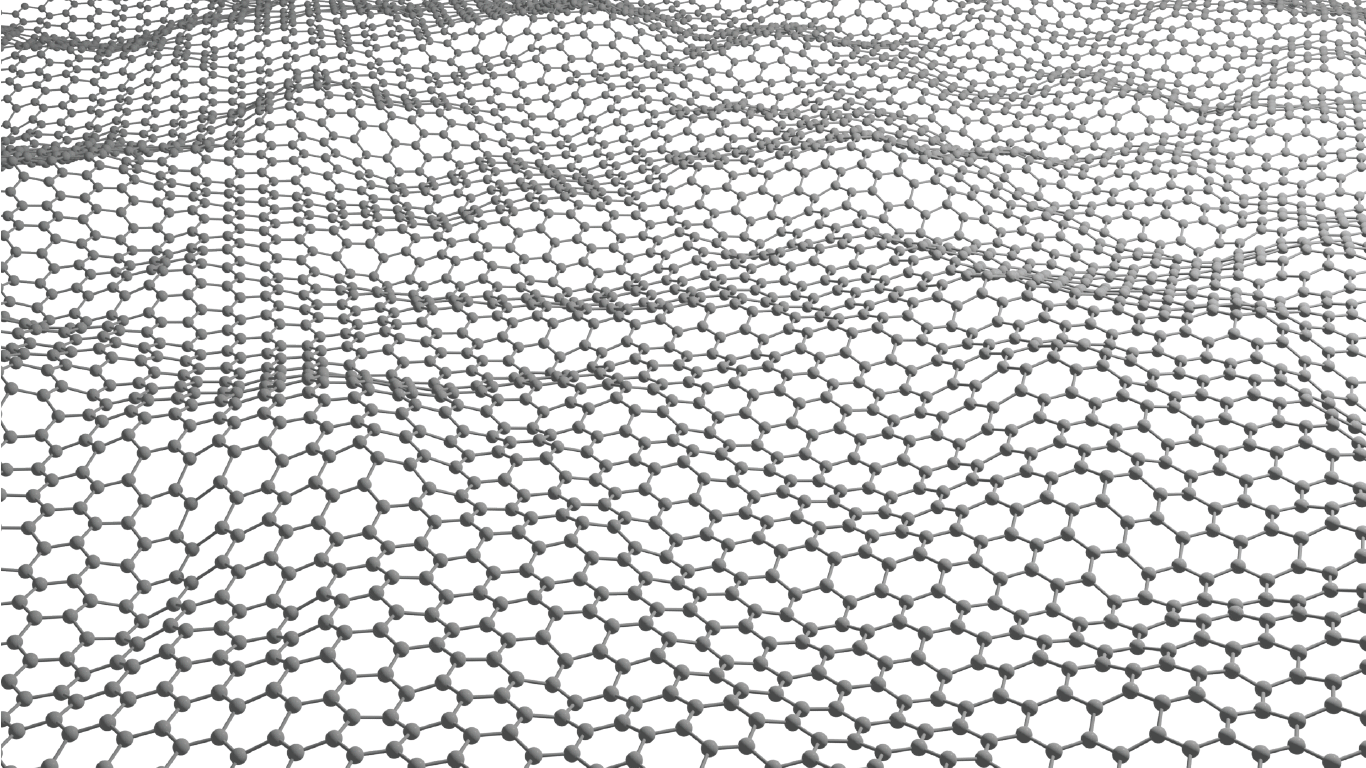Engineering materials for energy-efficient separations

Our lab
focuses on developing energy-efficient membranes and unravelling the intricate molecular transport mechanisms within them. Leveraging our expertise in materials science and chemical engineering, we manipulate materials across various scales—from the atomic level, where we finely tune membrane-molecule interactions, to the macroscopic level, where we process materials into ultrathin, highly selective films. We hold a special interest in two-dimensional materials, like graphene and hexagonal boron nitride, that can generate membranes with an unparalleled thinness of a single atom. Moreover, we explore nanoporous materials such as covalent and metal-organic frameworks for their outstanding tunability, along with a broad range of functional polymers that hold potential for large-scale membrane production.
Our motivation
is twofold. Firstly, we are driven to address the pressing challenge of climate change by improving the energy efficiency of separation processes and developing membranes to capture greenhouse gases. This can help cut down industrial carbon footprints and mitigate the impacts of climate change. Secondly, we strive to facilitate a circular economy for critical resources (e.g., water, metals, rare earth elements, nutrients, and oil derivatives) by improving how we recover these resources from traditional sources, while also exploring the untapped potential of unconventional sources. This approach fosters sustainable practices, ensures resource availability, and contributes to a more resilient and sustainable future.


